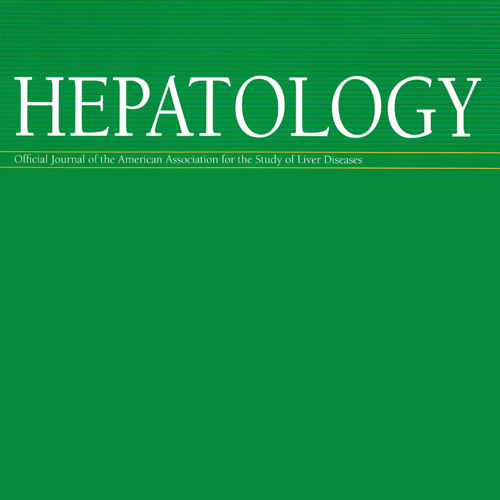Summary
Nonalcoholic fatty liver disease (NAFLD) and resulting nonalcoholic steatohepatitis (NASH) are highly prevalent in the United States, where they are a growing cause of cirrhosis and hepatocellular carcinoma (HCC) and increasingly an indicator for liver transplantation. A Markov model was used to forecast NAFLD disease progression. Incidence of NAFLD was based on historical and projected changes in adult prevalence of obesity and type 2 diabetes mellitus (DM). Assumptions were derived from published literature where available and validated using national surveillance data for incidence of NAFLD-related HCC. Projected changes in NAFLD-related cirrhosis, advanced liver disease, and liver-related mortality were quantified through 2030. Prevalent NAFLD cases are forecasted to increase 21%, from 83.1 million (2015) to 100.9 million (2030), while prevalent NASH cases will increase 63% from 16.52 million to 27.00 million cases. Overall NAFLD prevalence among the adult population (aged =15 years) is projected at 33.5% in 2030, and the median age of the NAFLD population will increase from 50 to 55 years during 2015-2030. In 2015, approximately 20% of NAFLD cases were classified as NASH, increasing to 27% by 2030, a reflection of both disease progression and an aging population. Incidence of decompensated cirrhosis will increase 168% to 105,430 cases by 2030, while incidence of HCC will increase by 137% to 12,240 cases. Liver deaths will increase 178% to an estimated 78,300 deaths in 2030. During 2015-2030, there are projected to be nearly 800,000 excess liver deaths.
CONCLUSION
With continued high rates of adult obesity and DM along with an aging population, NAFLD-related liver disease and mortality will increase in the United States. Strategies to slow the growth of NAFLD cases and therapeutic options are necessary to mitigate disease burden. (Hepatology 2018;67:123-133).
Countries: United States

